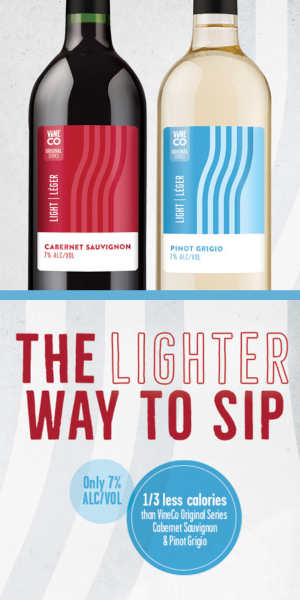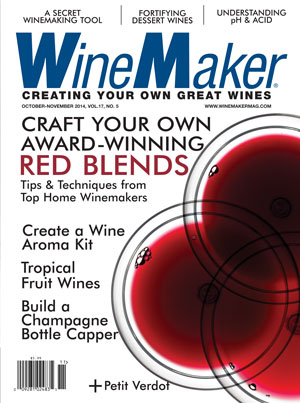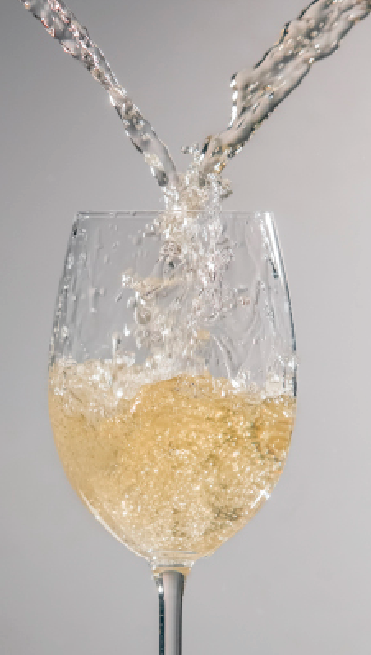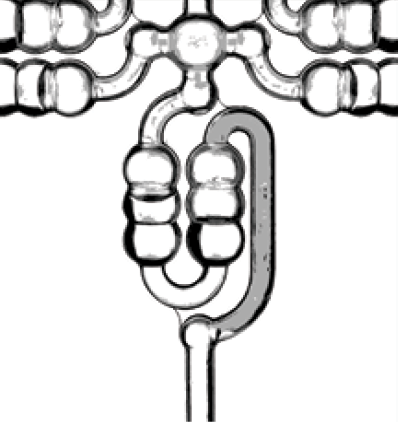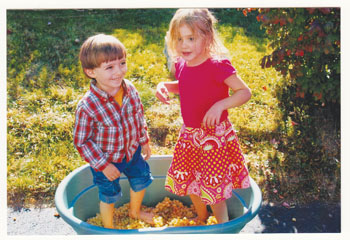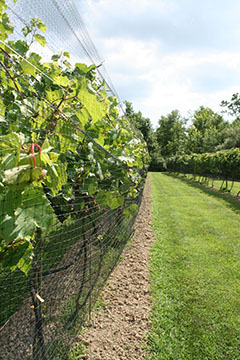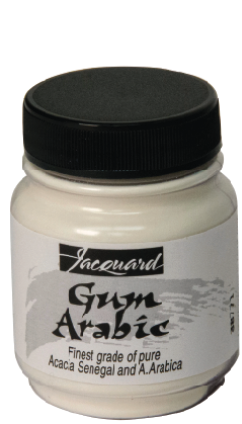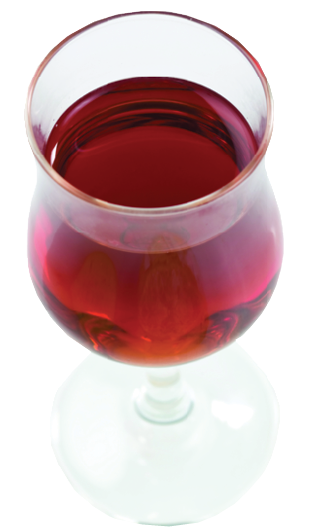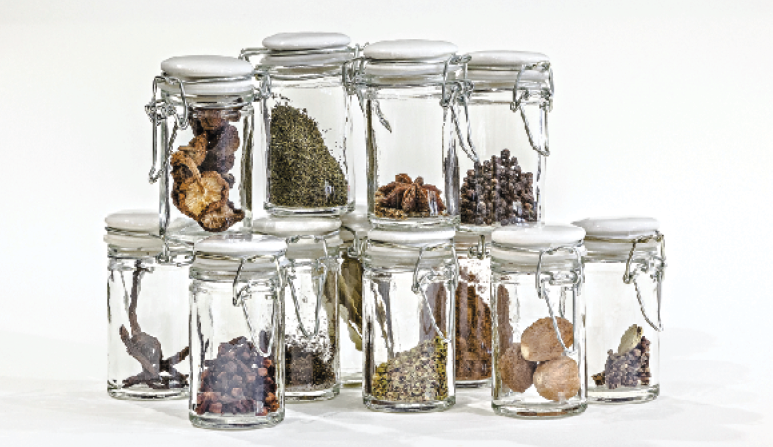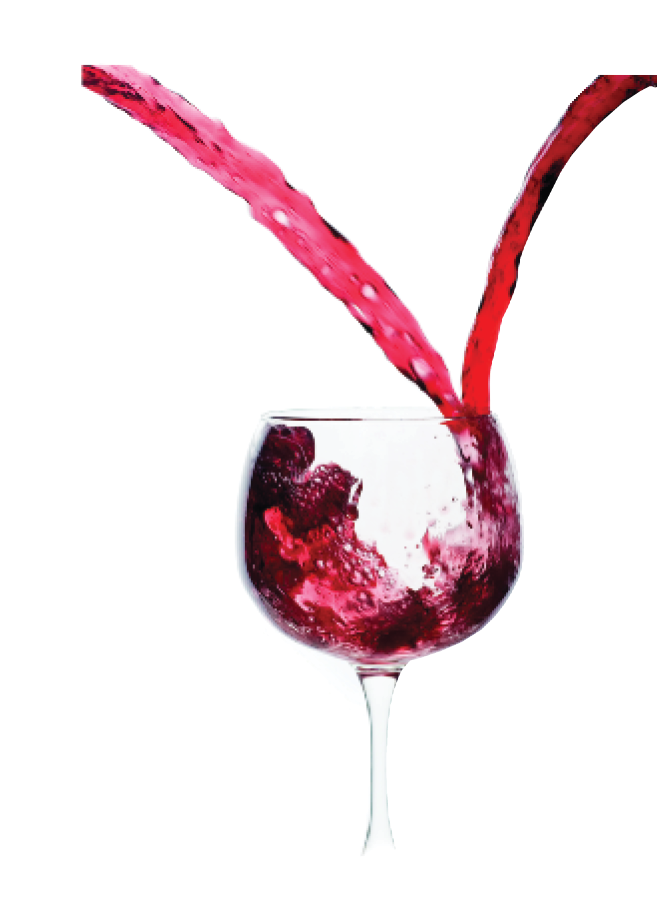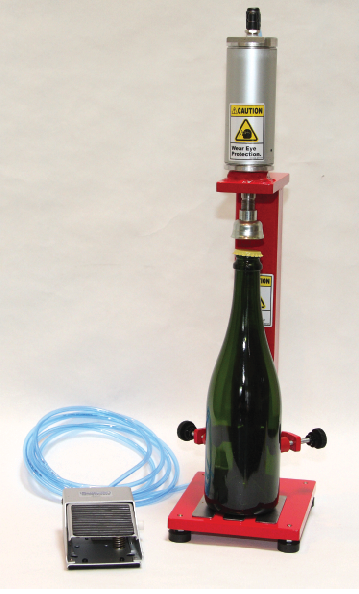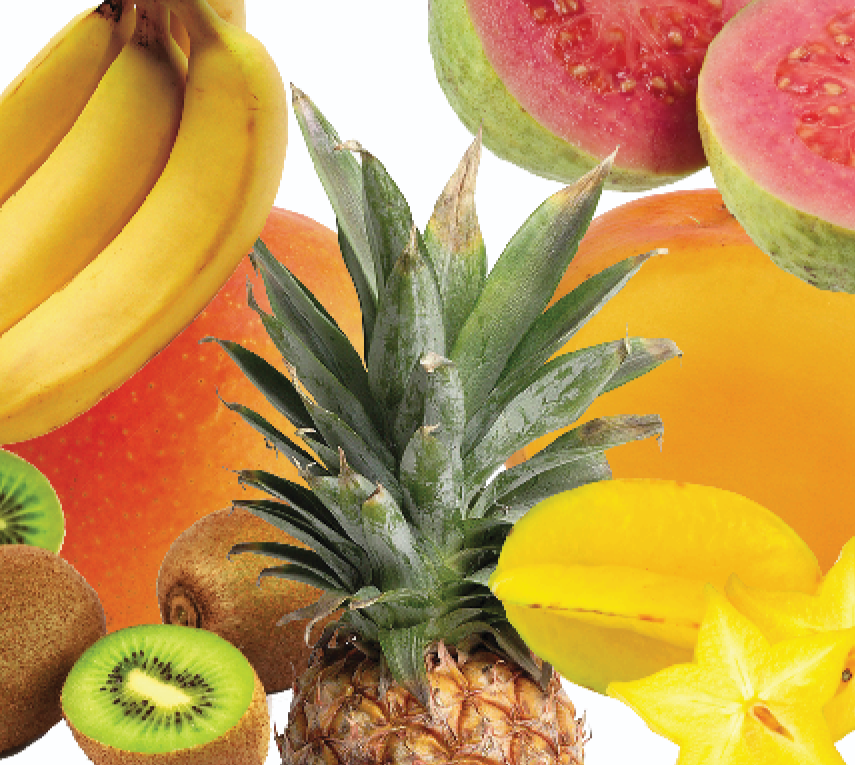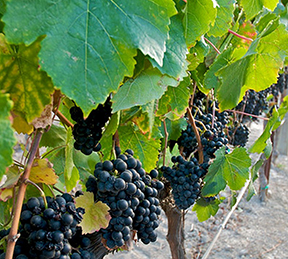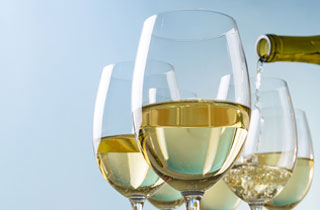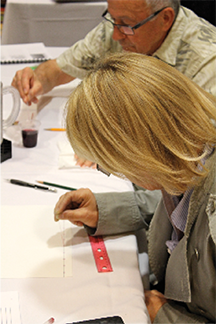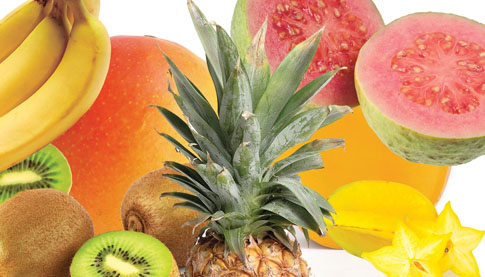Oct-Nov 2014
Blending Bench Trials
One of the most useful techniques used in blending wine is performing bench trials, which is the process of treating a series of small wine samples with varying degrees of conditions. In
Ring Around The Carboy
The short story — and the good news — is that no one will get sick from this batch because no human pathogen can survive in wine. Alcohol and acidity will kill
Empty Airlocks, Calculating ABV, and Transplanting Vines
Most top-scoring red wines made in the U.S. are bottled after 18–24 months in barrel.
Transplanting Vines
Depending on the age of the grapevine, and it sounds like it could still be young since you say it’s “small,” it is indeed possible to transplant grapevines. It takes a lot
Calculating ABV
This is a great question. Luckily the answer is simple. You still only calculate potential alcohol based on the original Brix reading. “Negative Brixes,” or when the density of your fermented solution
Minimize Bird Damage in Your Vineyard
Nothing is worse than watching your grapes go to the birds. Fight back!
Gum Arabic: Winemaking’s Secret Weapon
Gum arabic can do so many great things for your wines, from improving mouthfeel, making a thin wine taste fuller bodied, rounding out rough edges of grape tannins, increasing persistence of bubbles in sparkling wine, prolonging the action of metatartaric acid, to treating iron-induced oxidation problems.
Making Fortified Wine
The word “fortified” is prohibited on commercial wine labels in the United States. Yet we are surrounded by a fascinating array of fortified wines when we visit a good wine shop. Fortified
The Relationship of pH and Acid in Winemaking
Home winemakers know pH and acid are related when they make wine. Beyond that, the details sometimes get a little fuzzy. Shedding some light on how these important parameters are — and
Make Your Own Red Wine Aroma Sensory Kit
An aroma kit will help improve your ability to pick out aromas in a glass of wine. You can buy a kit for over $100, or make your own for a fraction of that.
Award-Winning Red Wine Blends Roundtable
Five top medal winners from the WineMaker International Amateur Wine Competition share the secrets of their red wine blending success.
Build a Champagne Bottle Capper
Recently Brew Your Own magazine did a story about the pneumatic bottle capper that I had built to cap beer bottles. A short time later, I was contacted by WineMaker Magazine asking
Making Tropical Fruit Wine
Tropical fruit obviously are those native to the tropics. While the absolute number of fruit native to that area is disputed, at least 235 — more than twice that of the non-tropics
Petit Verdot: The forgotten Bordeaux blend grape
Petit Verdot is one of the “big five” grapes that make up a Bordeaux blend. Learn more about this red blender.
Empty Airlocks
It sounds to me like some “bad bugs” (ambient bacteria or yeast cells) got into your wine. After four years of aging, having a batch infected due to a bad airlock must
Making Late Harvest Wines: Tips from the Pros
Late harvest wines are made using grapes affected by the mold Botrytis, which dehydrates the grapes. We’ve pooled advice from three pros with numerous accolades for their dessert wines to help you
Malolactic Fermentation for Beginners
A quick explanation of what malolactic fermentation is, and how/when you may want to do it.
A Taste of the Tropics
Making wine from tropical fruits, with a little know-how, is just as easy as making wine from traditional fruits and berries.
